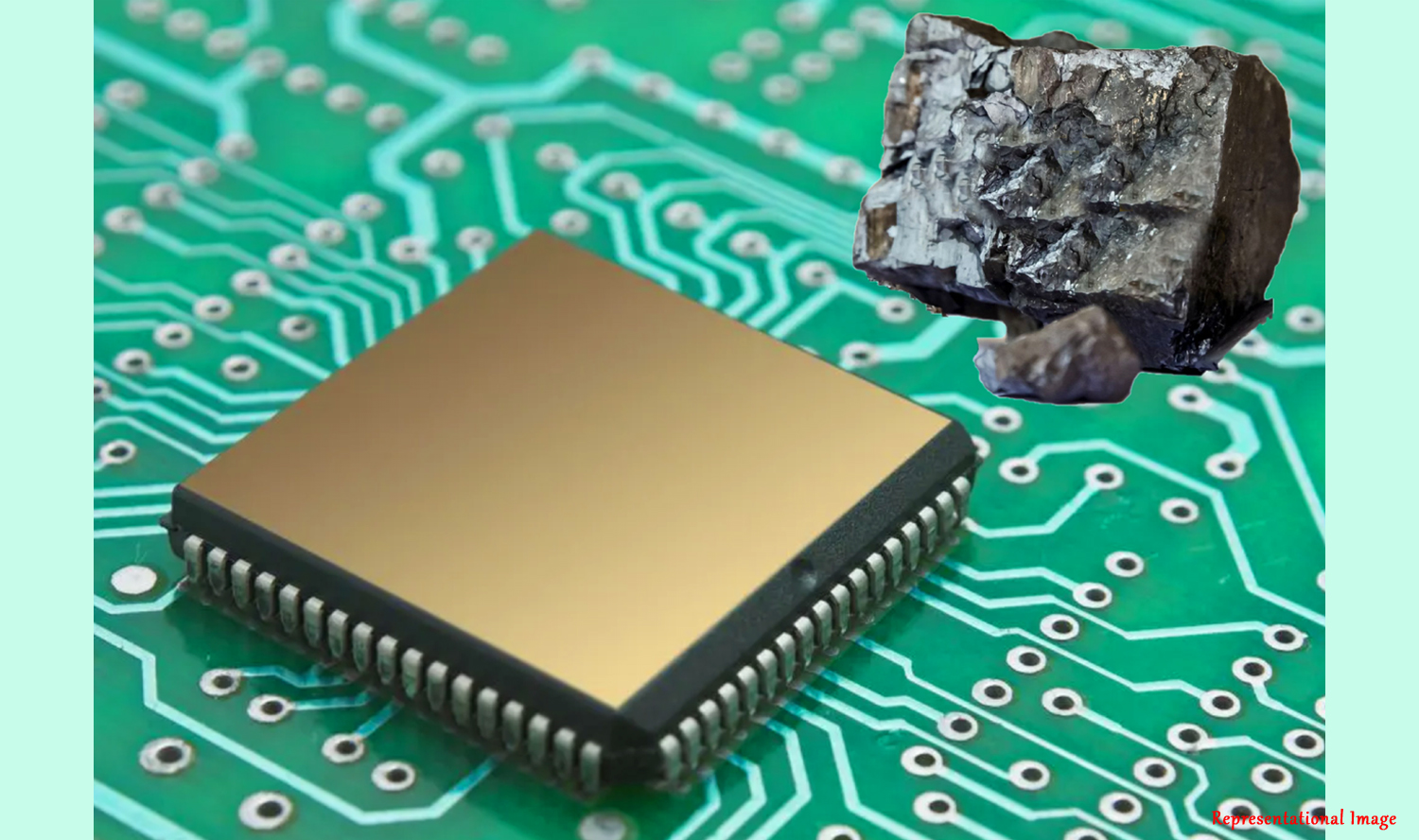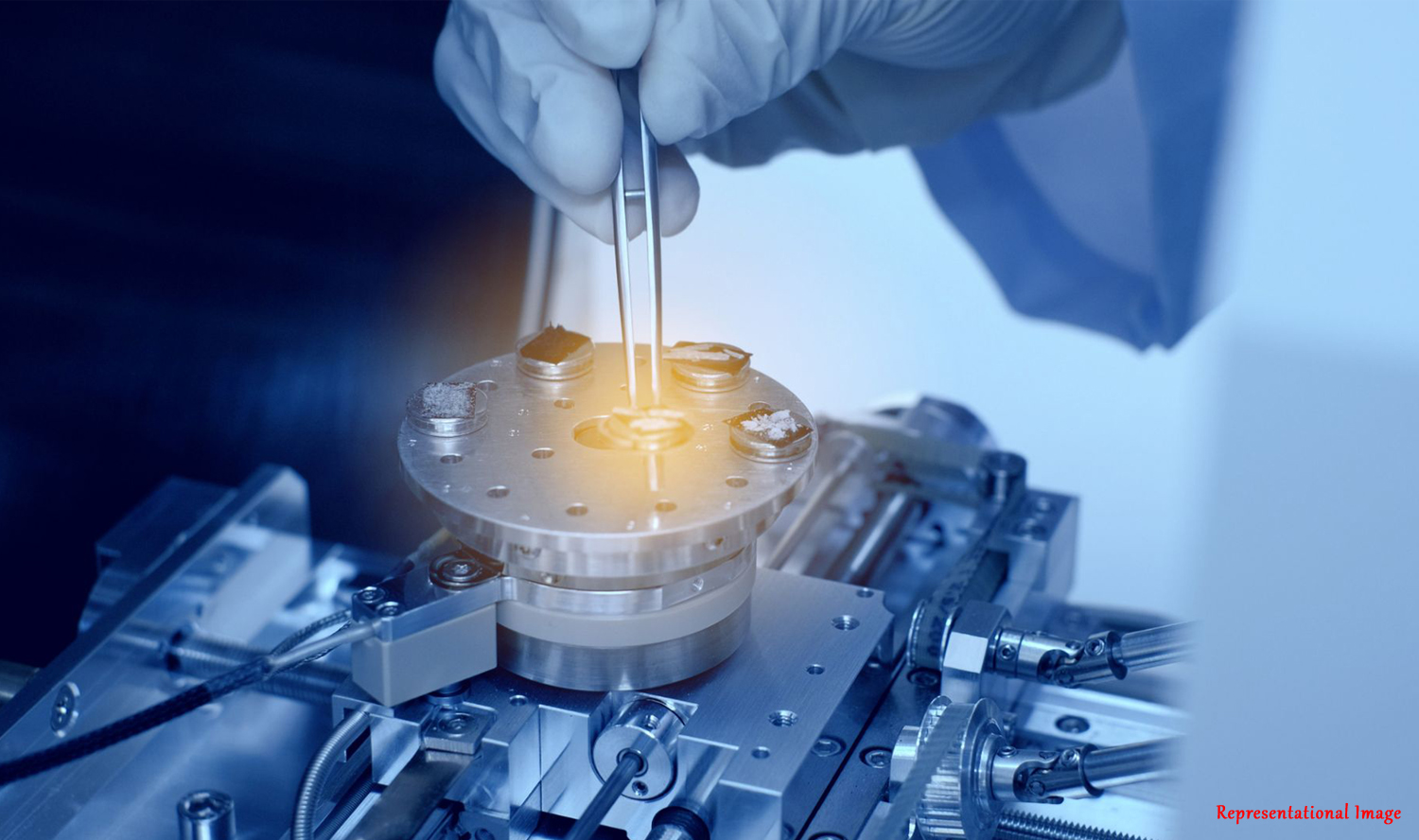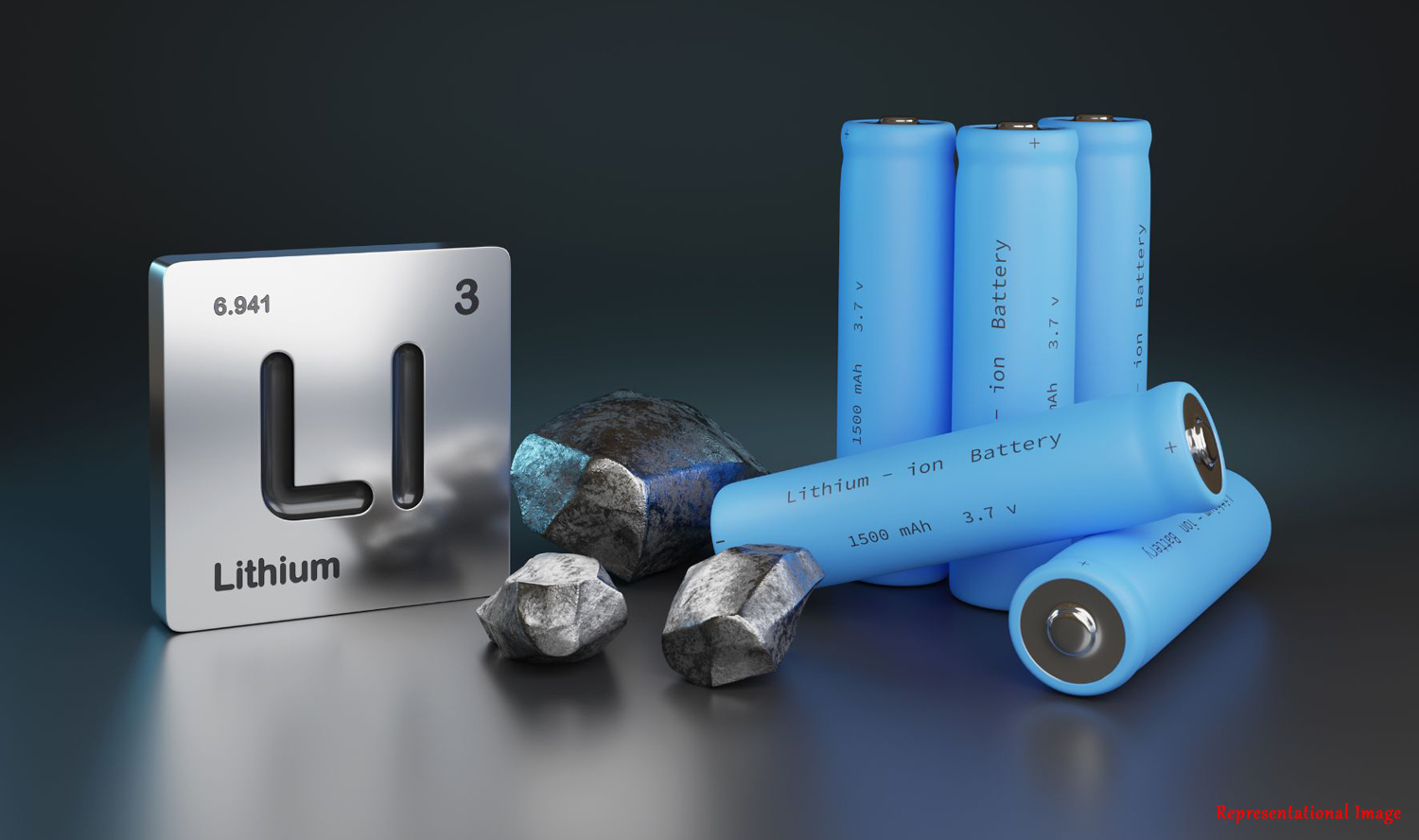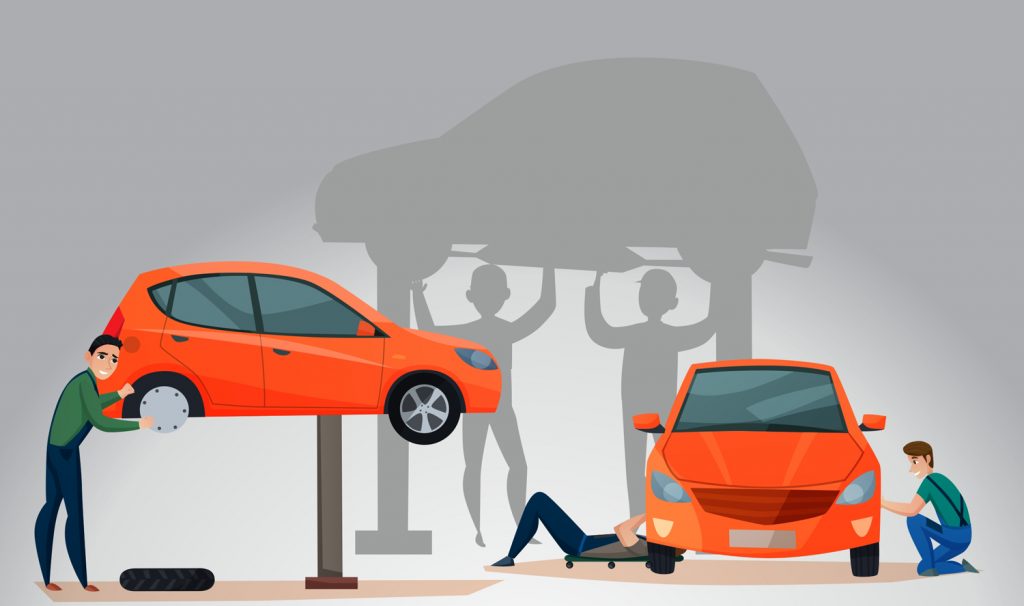
India is currently at a threshold of an electric vehicle revolution, which promises a cleaner and greener future along with economical transport to the country. The government, through its various policies and budgetary strategies, has shown its full support for electric vehicles as well. However, as India heads to take on this vehicular revolution, it is of utmost importance that focused research is done on every aspect of electric vehicles to ensure that the vehicles that go on road are safe and comfortable, apart from being environment-friendly.A team of scientists from IIT Madras is working on the braking system of electric and hybrid vehicles to ensure that brakes used in these vehicles are regulated for safety and comfort.
Brakes, which are used to reduce the speed of a vehicle, are important components of every vehicle. In ordinary fuelbased vehicles, the force that the driver applies on the brake pedal is increased manifold through a hydraulic system and this force is used to stop the vehicle using friction. In this friction-based braking system, the kinetic energy of the vehicle due to its moving state is converted to heat energy so that the vehicle can stop. While this abides the law of conservation of energy, the energy dissipated in the form of heat is a wastage of energy derived from fuel.
In electric and hybrid vehicles, however, an arrangement is made to reduce this energy loss in the form of heat by use of another braking system called “regenerative braking system”. In this braking system, when one presses the brake pedal, the kinetic energy due to the movement of wheels is regenerated into electrical energy that gets stored in the battery and is available for use in future driving cycles. However, the magnitude of regenerative braking is insufficient to stop the vehicle under all conditions as the regenerative braking system cannot provide high deceleration. Hence, the hybrid vehicle is not able to function effectively at low speeds and when the battery is close to fully charged. Therefore, in electric vehicles both friction and regenerative braking system are required to be employed in a co-operative manner to ensure that we are able to conserve energy and are able to stop the vehicle within a reasonable distance.
Electric vehicles can get the best of both worlds, through the use of such a co-operative braking systems. However, a crucial part here is the decision on how the two braking systems should operate to ensure that the vehicle stops within a reasonable distance and with no jerks experienced during the shift between the two braking systems for good ride comfort.
“The change between two braking systems can cause momentary perturbations in vehicle’s deceleration and other vehicle dynamic parameters until the friction brake system increases its brake pressure to meet the desired brake demand for a constant brake pedal input. This situation disturbs the driver’s brake feel momentarily due to the difference in the dynamic response characteristics of these two braking systems” says Prof. C. S. Shankar Ram, Professor at Department of Engineering Design at IIT – Madras and leader of the research team.
To solve this issue, Kesavan Valis Subramaniyam and Prof. Shankar Ram have explored various strategies to study and reduce the effect of different dynamic characteristics of friction brake and regenerative brake on the vehicle’s braking performance. The results of this study have been published in the journal Vehicle System Dynamics. Although such strategies have been developed for lighter vehicles, there is no report on strategies through which the braking performance of heavy vehicles can be improved. Researchers believe that these strategies will improve stopping distance and ride comfort for passengers in heavy vehicles.
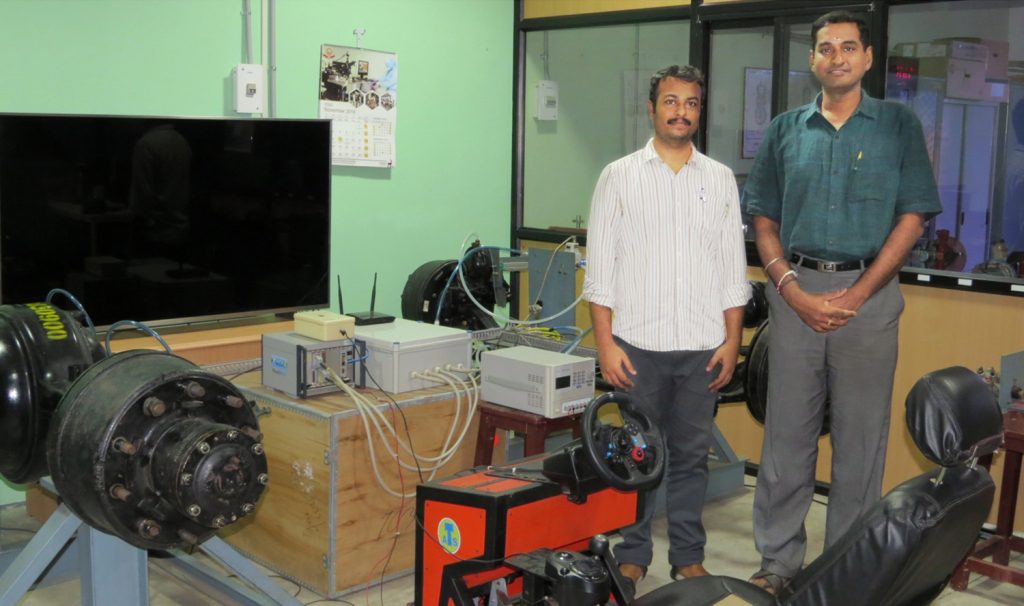
For this study, the team tried to understand how braking performance is affected when these two braking systems are applied together or sequentially in heavy vehicles. They further evaluated how braking performance is affected when the regenerative brake is turned off instantaneously or gradually. They studied the effect of these strategies on both laden and unladen heavy vehicles and considered two types of roads, i.e., dry and icy. The various strategies were evaluated through appropriate experiments performed in a Hardware-in-Loop experimental setup equipped with Truck Maker®.
It was found that there is a smooth transition and better braking performance when the regenerative brakes are gradually turned off rather than instantaneously, which is because of the smooth dynamic transition between regenerative brakes and friction brakes. Strategies developed by this study will ensure that one can get good ride comfort along with meeting desired brake demand and is therefore important for consideration by the electric vehicle market.
Given the increasing adoption of electrified vehicles, the research team is planning to further extend the results of this study to analyze the impact of braking blend-out during active braking control in safety systems such as collision avoidance systems and anti-lock braking system. They expect that the vehicle dynamic performance during active braking control would improve due to the smooth dynamic transition between friction braking and regenerative braking, which would help in the appropriate design of active safety systems for electrified vehicles.
Article by Aditi Jain
Article: https://www.tandfonline.com/doi/abs/10.1080/00423114.2019.1677921?journalCode=nvsd20

